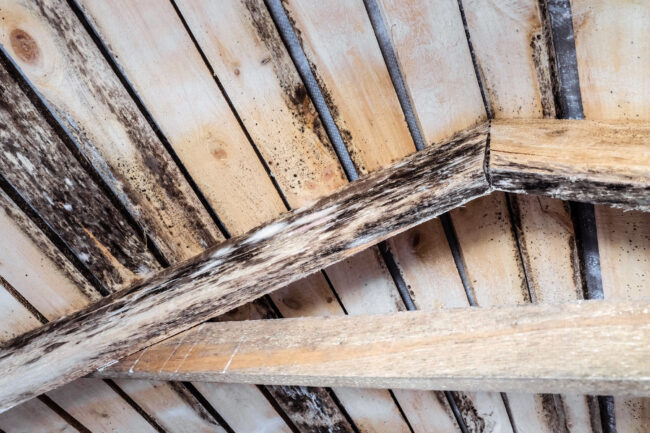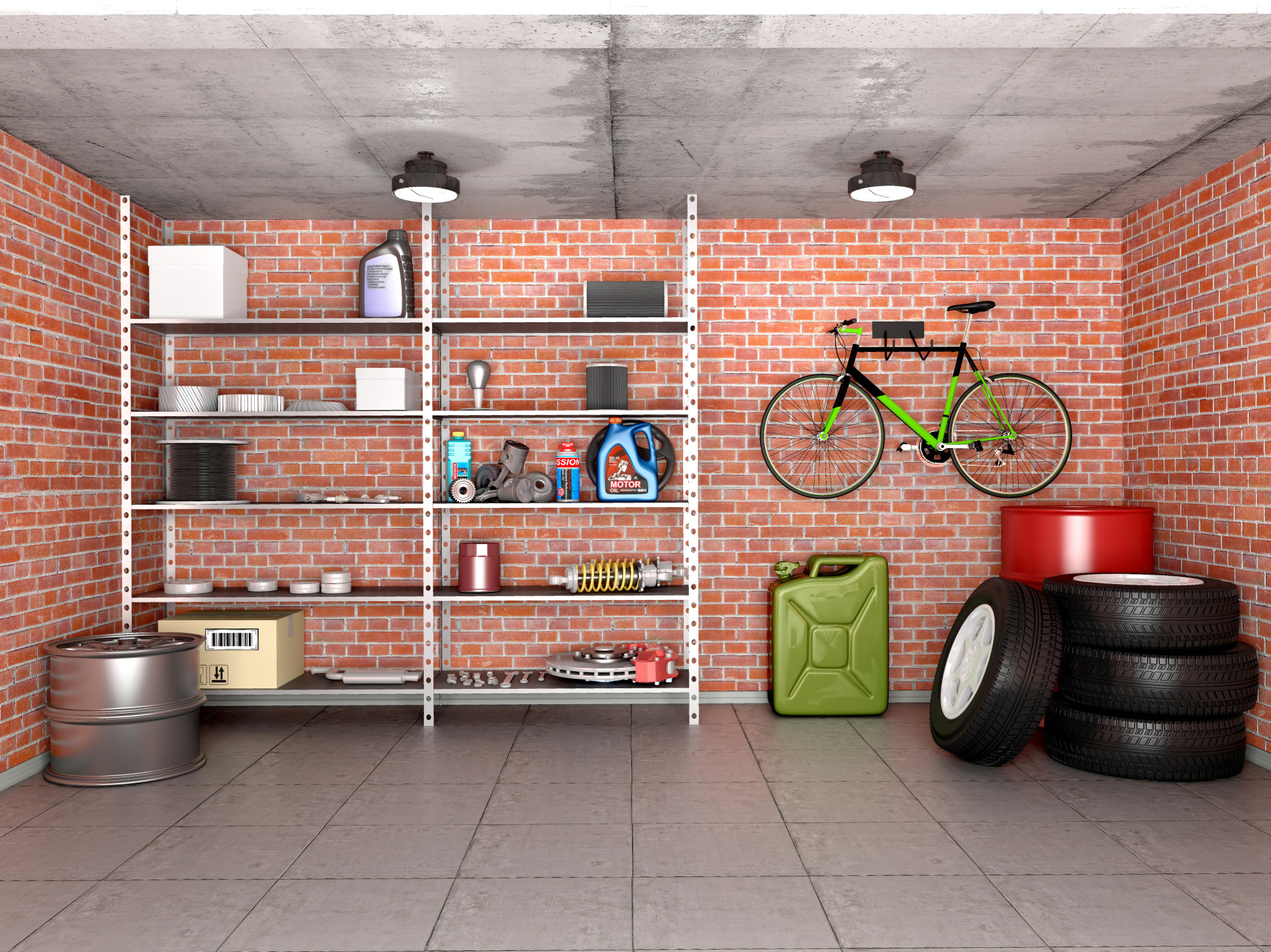Snow load is a major factor when designing any structure in an area that receives significant amounts of snow. Calculating roof snow loads follows standards the ASCE sets and can be very complicated.
Contents
Save Money
Engineers use specific building codes and formulas to calculate the amount of snow a structure can handle. This ensures that structures are safe and able to withstand the pressure of heavy snow loads.
However, the process can be time-consuming and complicated. It involves calculating equations and referencing charts and tables from the ASCE standard. This can make it difficult to get accurate results, especially if the building is complex or made of unique materials. Using a roof snow load calculator can help eliminate the need for these complex calculations, making it much easier to estimate the building’s snow load capacity. This can save valuable time and money while ensuring that the structure is safe and can withstand the weight of snow.
A roof snow load calculator can be used for any structure, but it’s essential to use one for metal buildings, as these structures are at greater risk for damage from heavy snow. The best way to find a reliable roof snow load calculator is by searching for one online or asking for recommendations from your local engineering firm.
Avoid Damage
A snow load calculator will help determine the maximum weight your roof can handle. This information can be important because if you have too much snow on your roof, it could damage it and cause leakage.
A structure’s design depends on many factors, including ground and roof snow loads, exposure, roof slope, and other loading conditions. A qualified professional engineer should analyze these factors to ensure the structure’s design is adequate for the site. A key variable to consider is the moisture content of the snow, as this will affect its density and ability to withstand a load. In addition, the depth and type of snow can also have a significant impact on the load that is placed on the building.
Save Time
The design snow load for any building depends on a few factors, including state and local codes, the type of structure, and its location. Engineers also consider the weather conditions where the building will be located, including wind speeds and other forces that can impact a metal garage or carport’s ability to handle snow loads. The amount of snow your roof can hold also depends on the quality and density of the snow. Light and fluffy snow weighs the least, while wet and packed snow is the heaviest. The design snow load is determined by a formula that considers these variables. This website lets designers easily find the ground snow load for their area by entering a latitude and longitude. It also offers a table for finding design snow loads by elevation, which is important because ground snow load increases with elevation. The site also calculates unbalanced snow loads, considering sliding and drifting snow.
Make Sure Your Roof Is in Good Shape
Most modern roofs are built to withstand a certain amount of extra weight in snow. However, if a roof gets too much, it can weaken or damage the structure. The snow load calculator can help ensure that your structure is not exceeding its capacity and that you are taking the necessary steps to protect it. Wet snow is more than seven times as heavy as dry snow, so one cubic foot of wet snow can stress your roof. It is also important to consider snow distribution on your roof, as crevices, chimneys, and other structures may be more vulnerable to the extra pressure. It is best to contact your local building code department for the minimum ground or roof snow load values for your location. Once these values are determined, you can use the snow load calculator to determine the maximum amount of snow your structure is designed to support.





